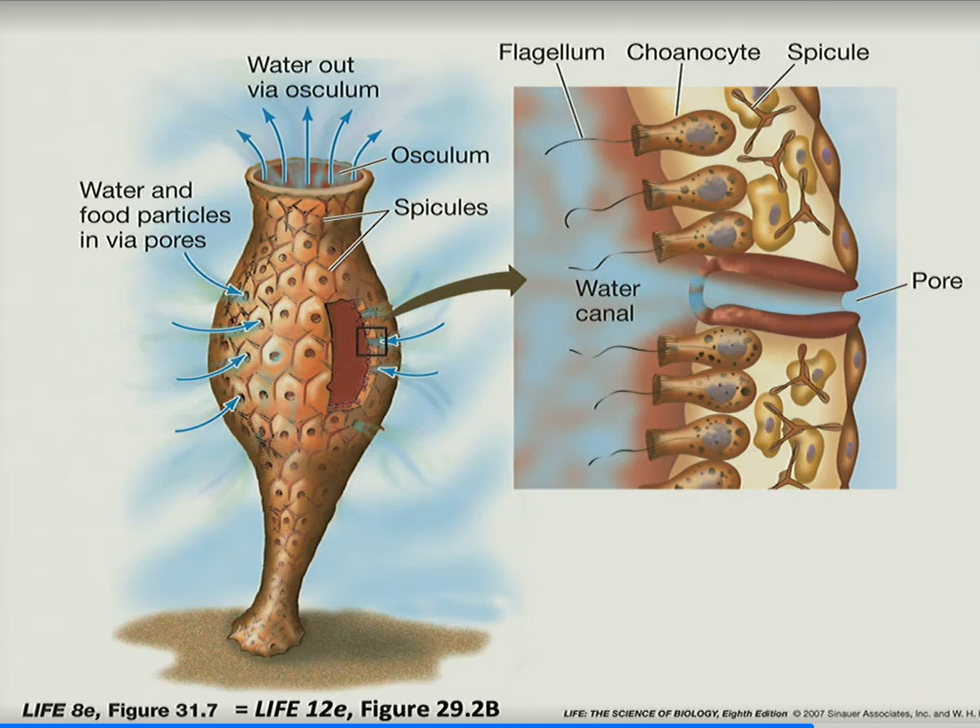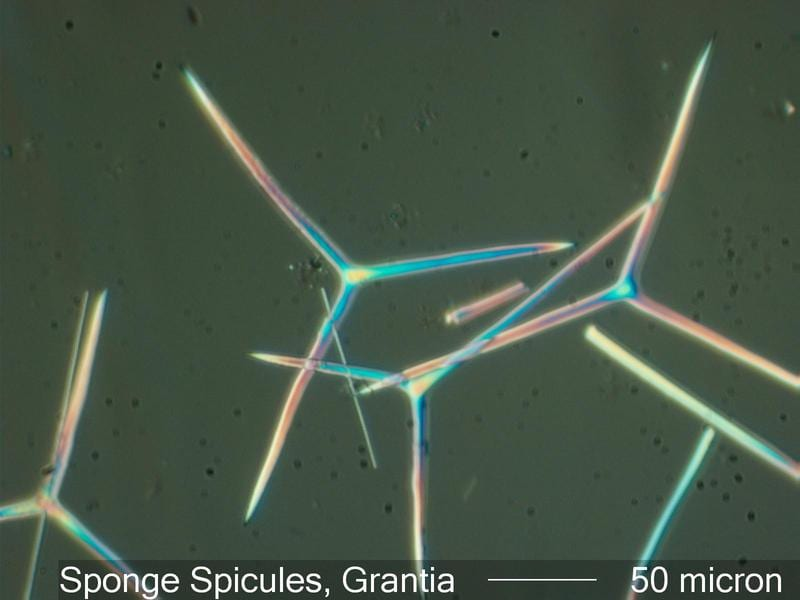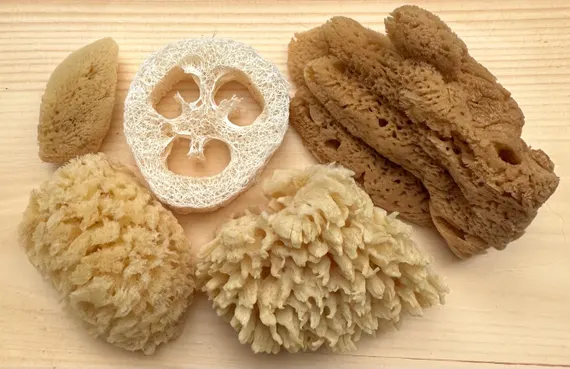7 Phyla of Animals: Porifera
1/22
There's no tags or description
Looks like no tags are added yet.
Name | Mastery | Learn | Test | Matching | Spaced |
|---|
No study sessions yet.
23 Terms
porifera have ______ symmetry.
asymmetrical
(T/F) Sponges are gutless.
True.

aquiferous system
branched water canals that circulate water for feeding, respiration, and waste removal
(T/F) Sponges have differentiated cell types, but no true tissues or organs.
True.
How are the sponge’s cells arranged?
in a gelatinous matrix (mesohyl) with collagen, and usually spicules (skeletal elements)

spicules
small, needle-like structures that are found in certain organisms, such as sponges
In an aquiferous system, water flows through incurrent pores called_____. The water then flows across the internal chambers of the sponge and eventually exits through the _____, excurrent pores.
ostia, oscula
Water within the interior of the sponge is propelled by flagella movement of _________.
choanocytes
Name three examples of differentiated cell types in sponges:
choanocytes, pinacocytes, and amoebocytes.
The three clades of sponges, differentiated by their spicule type, include…
glass sponges (silica), demosponges (silica), and calcareous sponges (calcium carbonate)

Some demosponges have _______ (complex network of collagen), but no spicules and were used for bathing.
spongin
Adult sponges are ______, but there is a ____ larvae stage.
sessile; motile
Asexual reproduction in sponges
“budding” off parts of their body (fragmentation)
Sexual reproduction in sponges: Most sponges are ________ (monoecious) but are not ____________.
hermaphrodites; self-fertilizing.
How do sponges prevent self-fertilization?
They produce the sperm and eggs at different times. The sperm is released through the oscula and travel to the eggs of another sponge, entering via the ostia.
The choanocytes of the neighboring sponge capture the sperm and encloses it into a vesicle. The choanocyte loses its collar and flagellum, and migrates through the mesohyl as an ameboid cell and transporting sperm to the oocyte.
The gametes are produced by the
choanocytes
(T/F) Choanocytes are the sponge’s gonads.
False.
(T/F) Sponges are unable to differentiate sperm of different sponge species.
False. Coanocytes have a sensory mechanism to do this.
What mechanisms have allowed sponges to survive?
spicules (defense)
biochemical defenses (biotoxins)
antimicrobial compounds (deters pathogens)
chemical warfare against other organisms that want to take up the same space as them (chemical repellents)(allelopathy)
Mutualism in sponges
cyanobacteria or algae can live inside the sponges mesohyl and exchange nutrients
Commensalism in sponges
marine organisms use sponges for shelter via pores :)
Spongicola
little shrimpies that are an obligate inhabitant of a glass sponge (euplectella).
the male and female go inside the sponge as babies and then grow up and become too big to get out, so they have babies and the babies escape